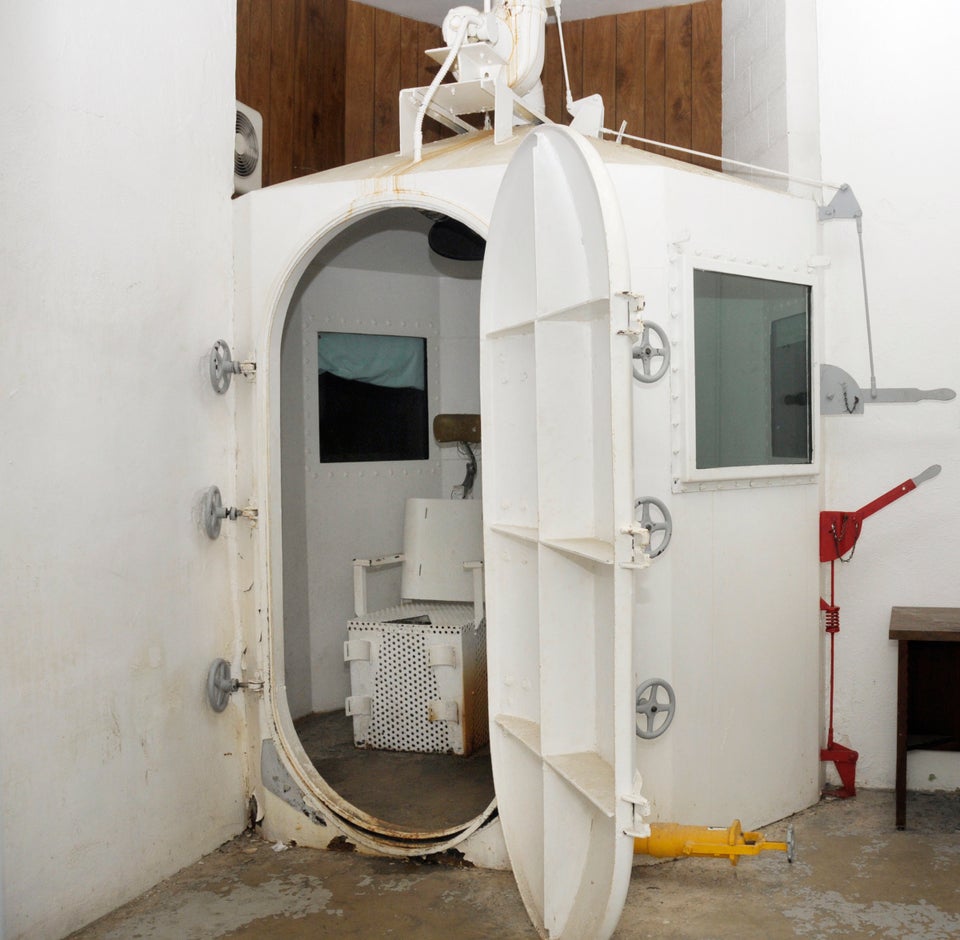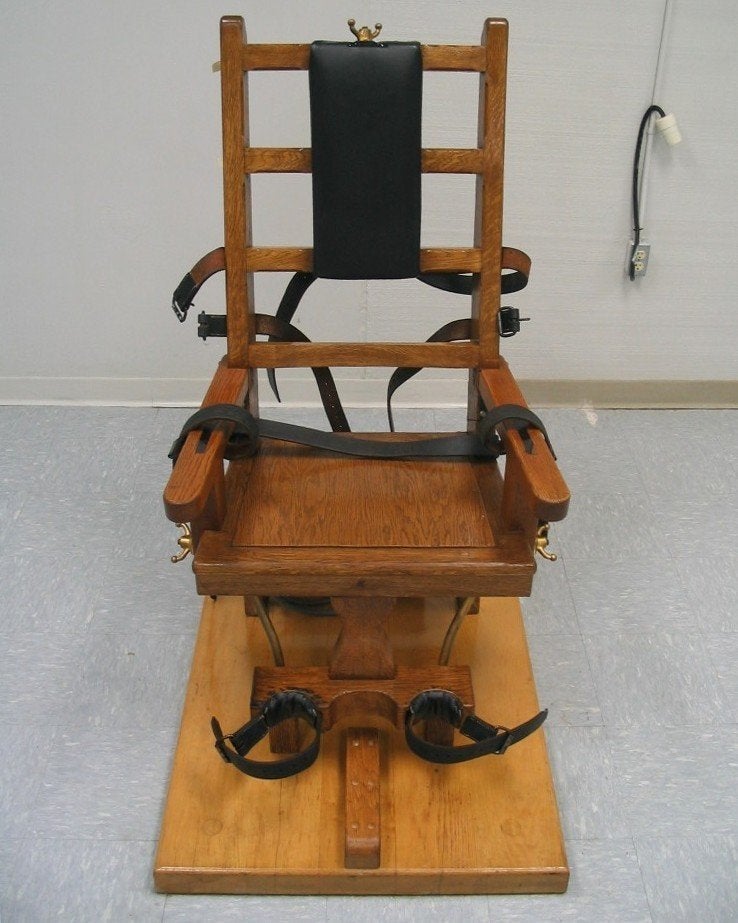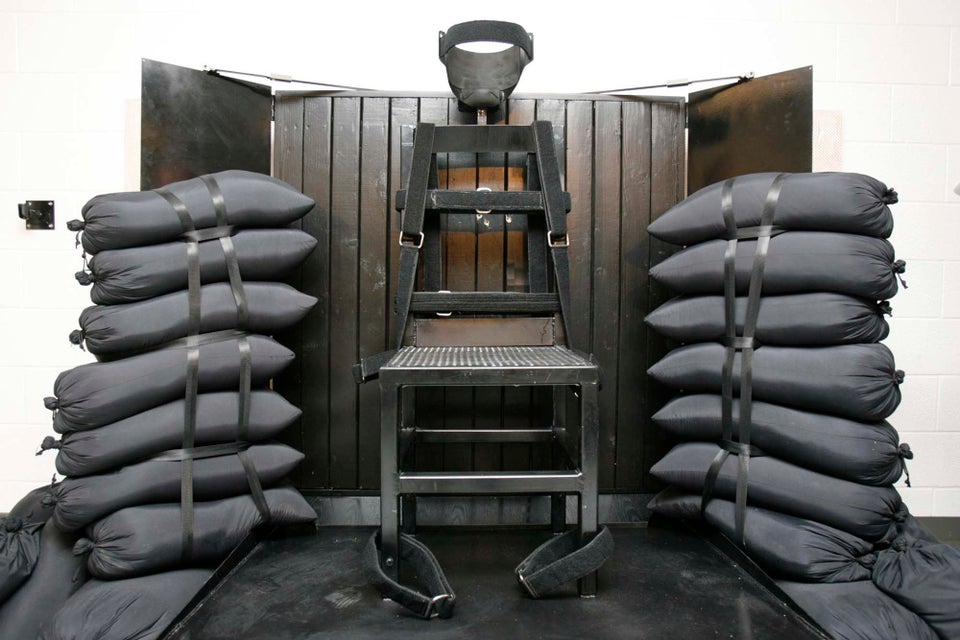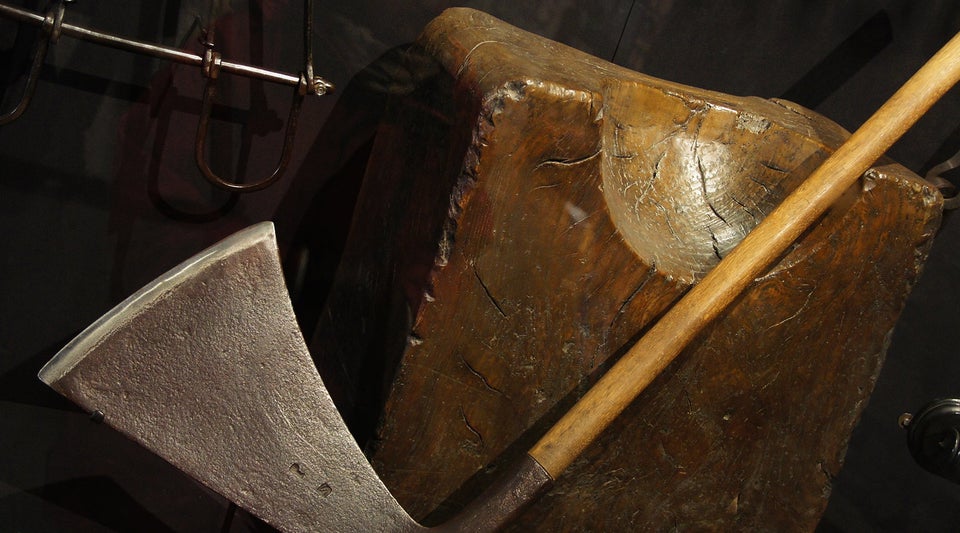By Lacey Johnson
FORT MEADE, Md. (Reuters) - Defense lawyers for the Guantanamo Bay prisoner charged with masterminding the 2000 USS Cole warship bombing in Yemen sought on Tuesday to find out how their client could be executed in the death penalty case, citing a troubled Arizona execution.
The request was among several pre-trial motions involving al-Rahim al-Nashiri, 49, a Saudi citizen of Yemeni descent. The attack on the Cole in a Yemeni port killed 17 U.S. sailors and wounded 42.
"An individual juror may conclude, as a matter of mercy, that he or she may not vote for death," and the method of execution is an important factor, said defense attorney Richard Kammen.
"It took two hours to kill a guy in Arizona," said Kammen, referring to a botched execution at an Arizona prison in July.
"No offense to folks, but things don't really work very smoothly" at the U.S. prison at Guantanamo Bay, Cuba, he said.
The protocols for al-Nashiri's potential execution, which are issued by the U.S. secretary of defense, have not been released.
The military judge overseeing the trial, Air Force Colonel Vance Spath, is considering whether to order the government to provide the method of execution to the defense team.
Prosecutor Justin Sher opposed the request, saying the issue "isn't ripe."
Spath said on Tuesday he would rule on any outstanding motions that were presented before Army Colonel Judge James Pohl, the regular chief judge in the military commissions, who removed himself from al-Nashiri's trial in July.
Pohl ordered prosecutors in April to share with defense lawyers details about what happened to al-Nashiri in secret CIA prisons, where he was held for nearly four years following his arrest in 2002.
The defense said on Monday that it had received only 1,000 pages of summaries. Kammen said the summaries were only a small part of the material defense lawyers wanted to see.
"What we have is, frankly, junk," he said.
Brigadier General Mark Martins, the chief prosecutor, said his team intended to deliver all the available evidence, so long as it did not threaten national security.
Al-Nashiri's trial is tentatively set to begin in February. The hearing at Guantanamo Bay was monitored by closed-circuit television at a news media room at Fort Meade, Maryland, outside Washington. (Editing by Ian Simpson and Doina Chiacu)
Before You Go

















